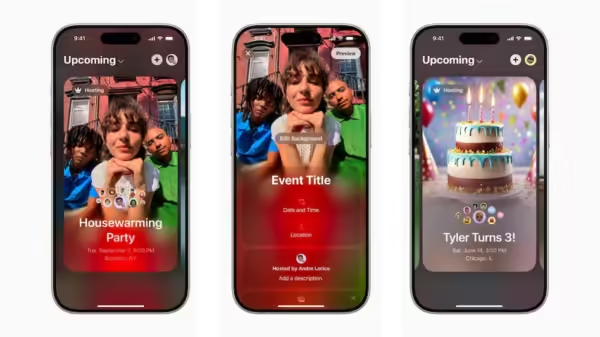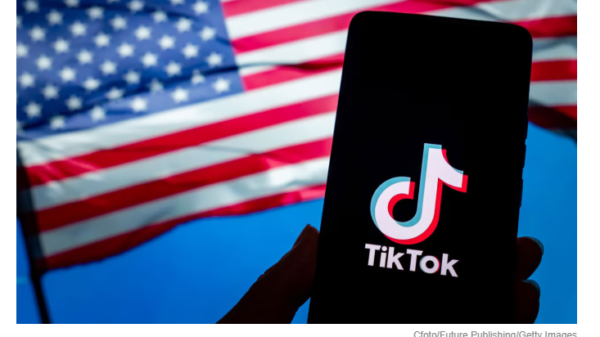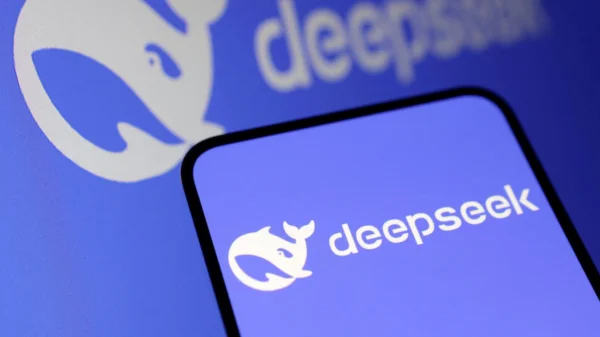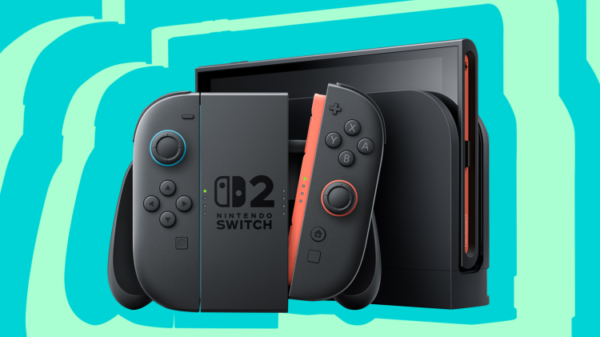When the HTC Vive was first announced, it was marketed primarily to regular consumers who are interested in playing virtual reality games, like its competitor, the Oculus Rift. And while HTC has seen moderate success among the gaming crowd, the technology still has significant hurdles to overcome before seeing widespread adoption among gamers: the headsets are expensive, often prohibitively so, require a large dedicated amount of space inside one’s home for standing virtual reality applications, and need the user to own a powerful and state-of-the-art PC to run virtual reality software. In the meantime, HTC plans to attract a crowd of professional users by designing productivity software to be used in a variety of industries.
NASA is an example of an organization that sees potential in the use of virtual reality for professional purposes. A video published recently on the YouTube channel of Unreal Engine, a company that creates software in which users can build 3D interactive environments, particularly for games, illustrates the use of virtual reality for training and simulation purposes in zero-gravity. In the video, NASA engineers describe how they are able to leverage the tools included in the Unreal Engine to create virtual situations that real-life astronauts might undergo, such as performing maintenance on the International Space Station or navigating the surface of the moon with a Lunar Rover. According to a NASA engineer, one of the benefits of using a technology designed initially for games is that it provides “cutting-edge graphics and physics simulations to increase the sense of presence, the sense that you’re really there.” Although the Unreal Engine is designed mainly for building game environments, NASA’s early adoption of the technology shows the potential that virtual reality systems have in professional contexts.
Additionally, BMW has leveraged virtual reality technology to assist in the design process. According to a press release published by BMW, designers are using the HTC Vive headset as an integral part of the design process, allowing them to visualize changes in vehicle design from any angle and during any part of the design process. Like NASA, BMW uses the technology of the Unreal Engine to import and visualize design materials, in order to give their designers a sense of presence that can be helpful for understanding how a particular design would manifest in the real world. Additionally, the press release mentions that the HTC Vive’s quality of being a consumer electronic device allows BMW increased versatility and flexibility at a reduced price; although BMW has been using VR technology in some capacity since the 1990’s, the HTC Vive can be deployed cheaply and in-house.
In light of these developments, it makes sense that HTC would be interested in developing VR software for professional applications. Today, HTC, in collaboration with developer Sixense, released the application MakeVR to their proprietary app store Viveport for twenty dollars. MakeVR allows users to create three-dimensional models in virtual reality, and export these models to other applications or send them to a 3D printer. Although the application does not rival the features offered by professional 3D modelling applications such as ZBrush, HTC claims that the use of the Vive headset is more “powerful and expressive” than using a keyboard and mouse for the same purpose. Additionally, the developer has said that they will offer a more capable version of the application, called MakeVR Pro, at some point in the future.
A short video of the application in action can be seen here. As of this moment, the potential for professional applications of MakeVR is unclear, but the low price of the application, and its fairly rudimentary set of features suggests that it is intended more for a consumer audience to play around with than for serious work. But the release of the application signals a potential shift in the strategy of HTC, as well as other manufacturers of VR headsets, towards marketing the technology as a serious device for productivity rather than for entertainment.
Featured image via Wikimedia






































